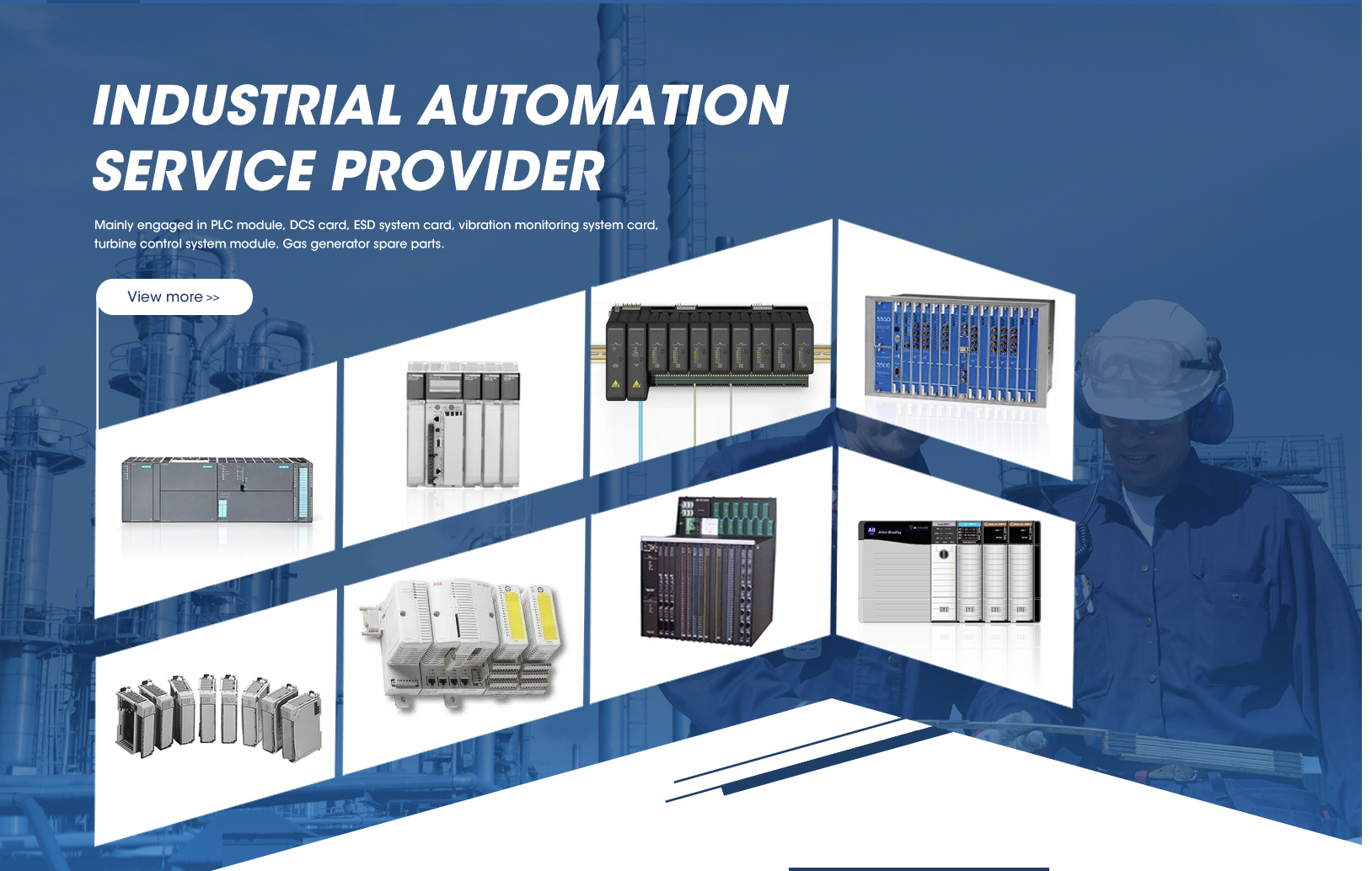Brand :FOXBORO
P/ n: L0130AD L0130AE-0H
Catalog Description: Printed circuit board
Country of Origin: USA
Product Overview:
1. Add signal isolator.
2. Add magnetic ring
3, PLC power supply and isolation transformer
4. Switch signal and analog signal go separately;
5. It is best to use a separate shielded line for analog signals. Signal type is best used 4-20mA;
6. Analog signal load is solenoid valve type, it is best to choose 1.5 line;
7. Analog signals and digital signals can not be used together - a multi-core cable, not to share the cable with the power line;
8, PLC input and output signal line, must use a shielded cable, suspended on the input and output side, and grounded on the PLC side;
9. Signal cables should be away from strong interference sources, such as frequency converters, high-power silicon rectifier devices and large power equipment;
10, in order to reduce electronic interference for analog signals should use twisted-pair shielded cable analog signal cable shielding layer should be grounded at both ends, but if there is a potential difference between the two ends of the cable will be generated in the shielding layer such as wire connection electricity
The flow causes interference with the analog signal in which case you should keep the shielded end of the cable grounded.

The L0130AD and L0130AE-0H are digital input modules commonly used in industrial automation and control systems. The main function of these modules is to receive and process digital signals from various sensors or devices.
Advantages:
Flexibility: These modules typically have a varying number of channels and can monitor multiple digital signals simultaneously. This allows them to flexibly adapt to various application scenarios and meet different control requirements.
Multiple input types: These modules support multiple input types, such as on-off input (ON/OFF state) and pulse count input. This increases the versatility and application range of the module.
Digital signal processing: These modules can convert and process external digital signals so that they can be recognized and used by the control system. This helps improve the accuracy and reliability of the system.
Easy integration: These modules are often designed to integrate with various control systems, such as PLC (Programmable logic controller) systems. They usually have standard interfaces and communication protocols that make it easy to connect to other devices.
Cons:
Channel limit: Although these modules have multiple channels, the number of channels may be limited. In applications where a large number of digital signals need to be monitored, multiple modules may be required to meet the demand.
Application specific requirements: These modules are usually designed for specific application scenarios and may not be suitable for all types of control systems. When selecting a module, you need to make sure it is compatible with your control system.
Cost: Although these modules are widely used in industrial automation and control systems, their cost can be higher. In the case of a limited budget, other more economical solutions may need to be considered.







